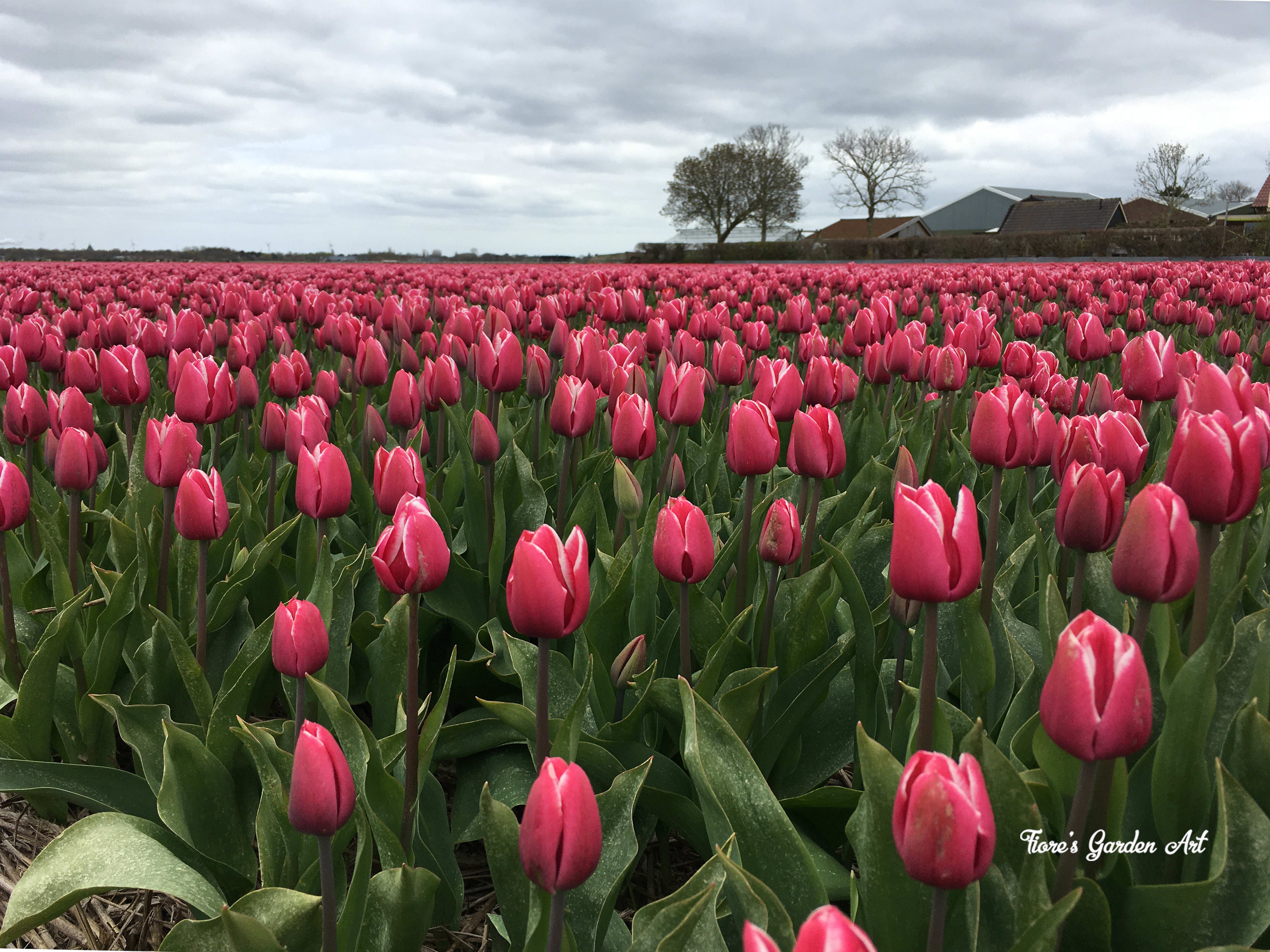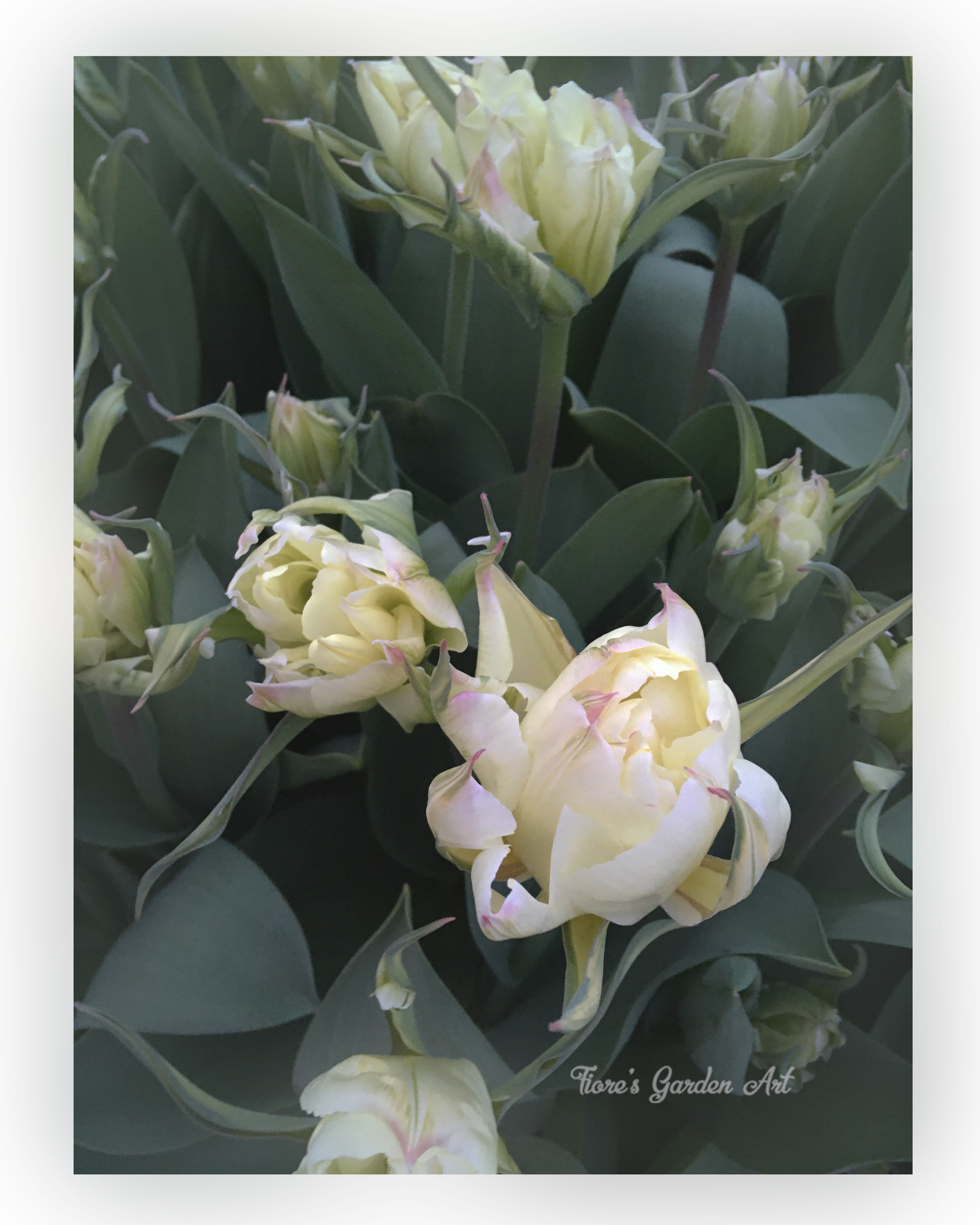Many of you heard about this phenomenon of tulip fields in the Netherlands. The colorful tulip fields attract many people from the different parts of the world to visit the Netherlands every year. Perhaps, not everyone knows exactly the purpose of growing these colourful fields and hardly imagines the process itself.

Only a small part of the flowers will be cut and sold, but the most of them are supposed to provide healthy bulbs. The tulip season runs from the end of April till the middle of May. The tulips are fully grown and have made enough crop to pass on the energy to the bulb, this is the time when only the stems and leaves will be left on the field. The stem provides nutrition from the sun (called photosynthesis) to the tulip bulb. From that moment on the tulip bulb needs a lot of water to grow well. The process, in which the tulip bulb is supplied with food from the stem and fully grown into a beautiful large bulb, takes about 6 weeks. The stem that has supplied the bulb with nutrition in recent weeks will turn yellow and dies quietly.

When the tulip bulb is ripe enough,is it time to take it out of from the ground. The harvested bulbs are driven to the shed and will be dried and cleaned. That cleaning is called "peeling". The large bulbs, if sold abroad, are washed so that no bacteria or fungi are left behind.

The smaller young bulbs will be stored, so that they can be planted in the ground again when Autumn falls. The biggest health tulip bulbs will be sold to garden centers and the rest part goes for export.

The Netherlands has several areas that are known for growing flowers. The most famous one would be the 'bollenstreek' roughly, the area between Haarlem, Leiden, Katwijk.That is where the famous Keukenhof garden is. There are however many more tulip growing areas in the Netherlands close to Alkmaar and even near Almere.




